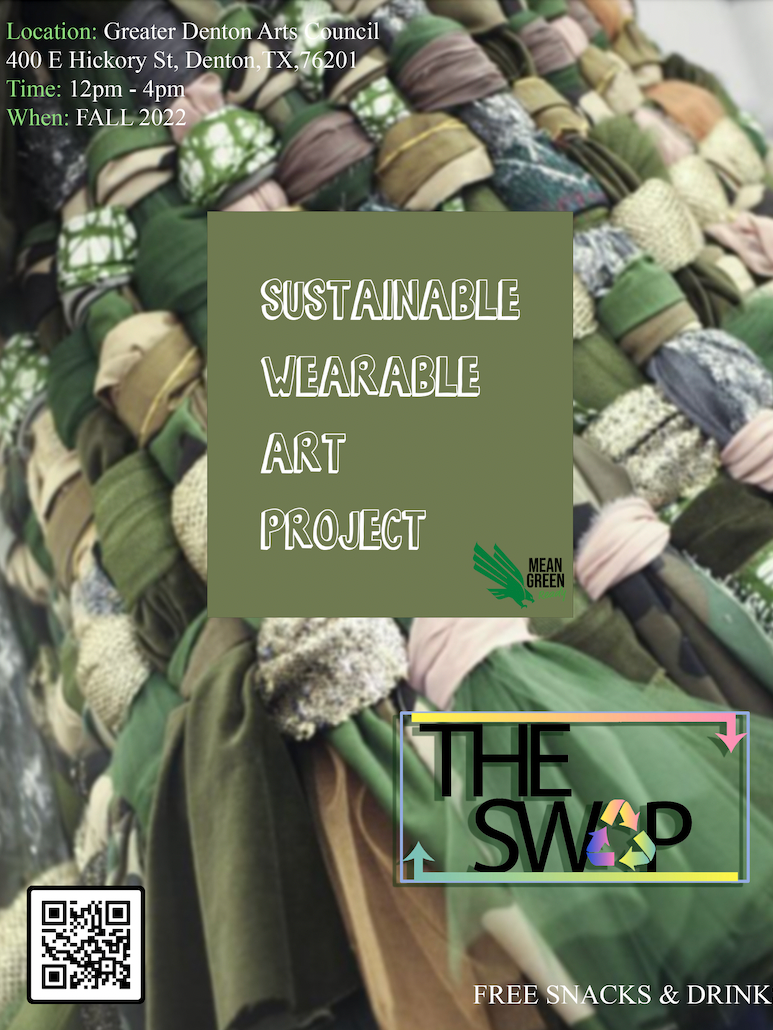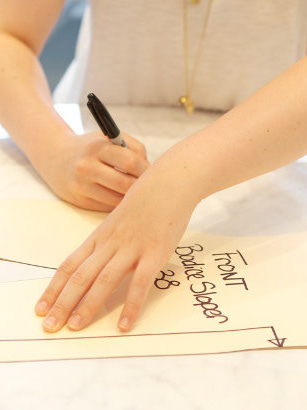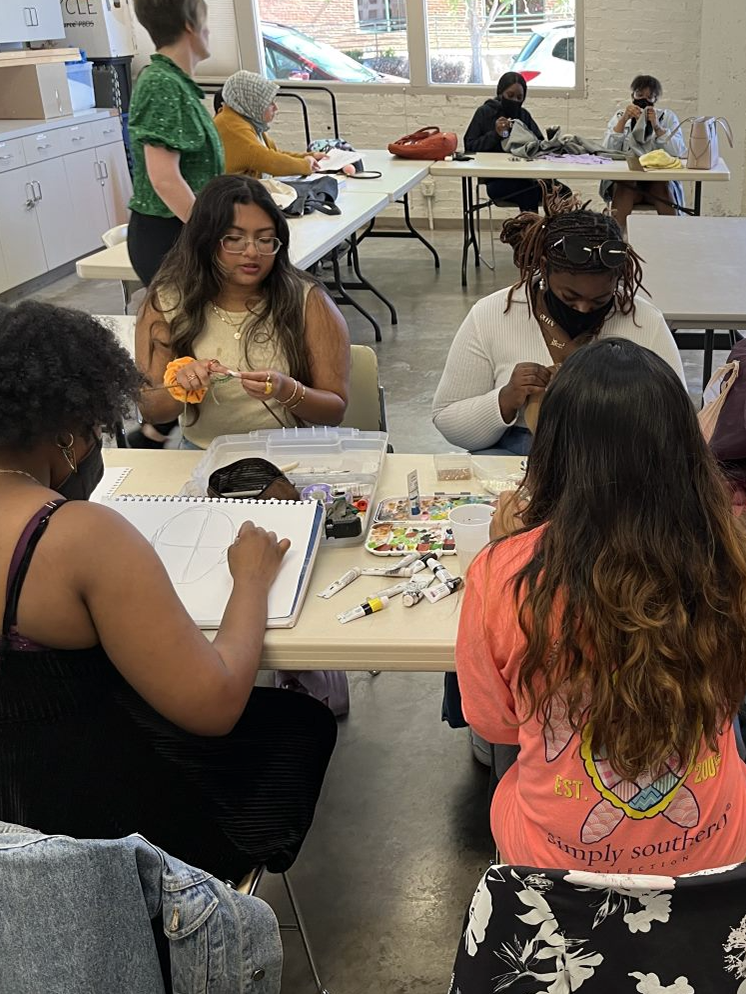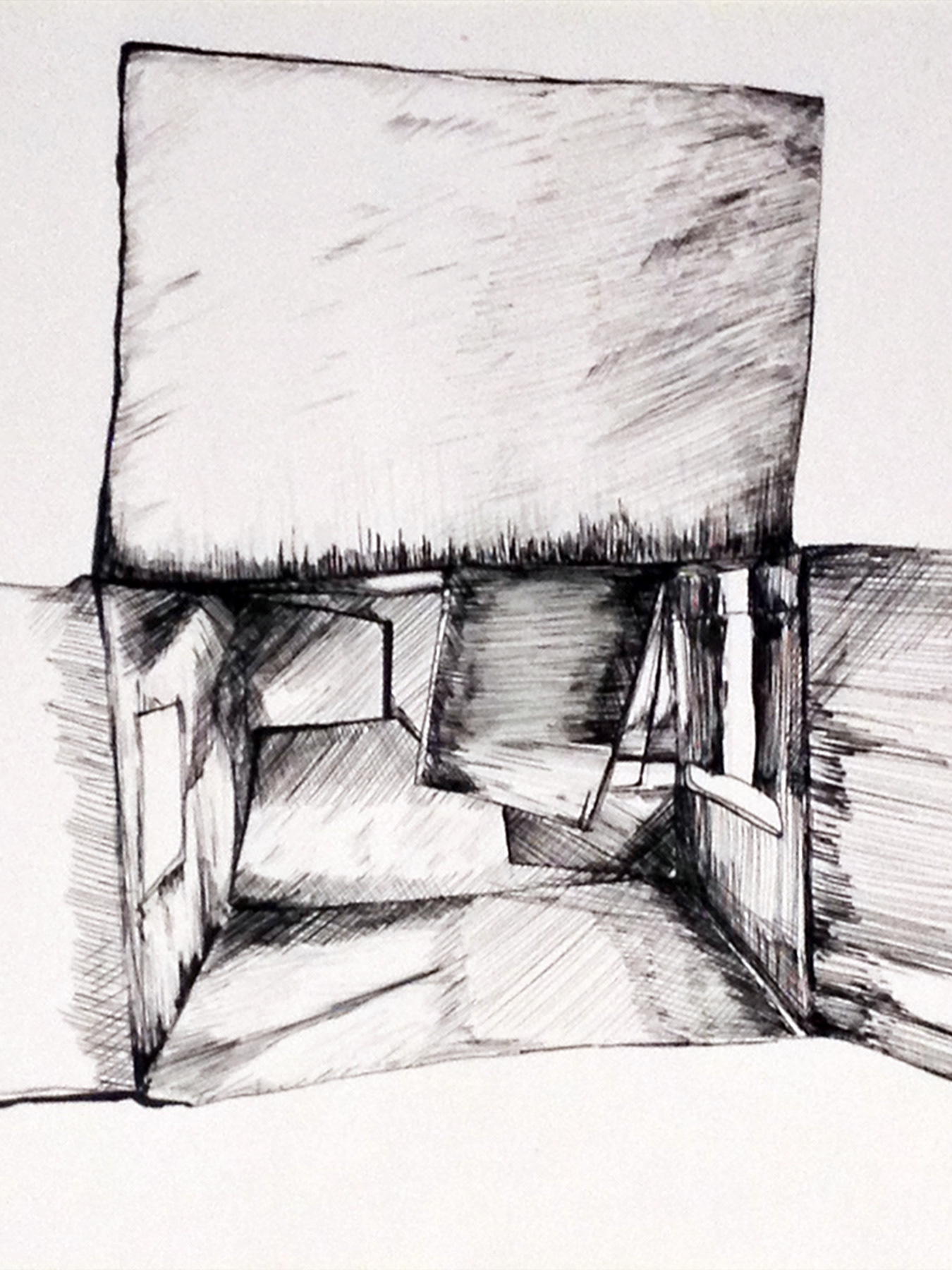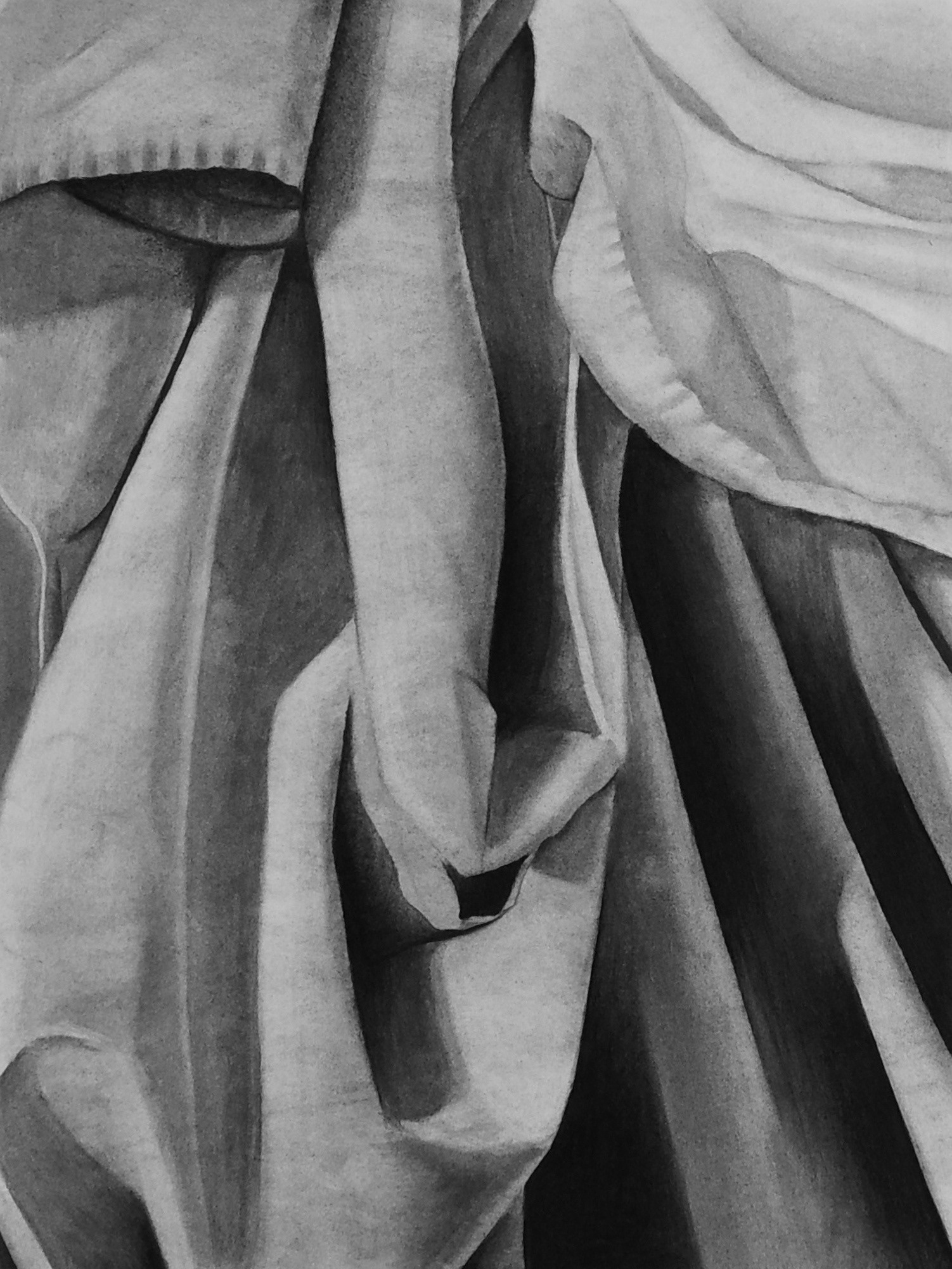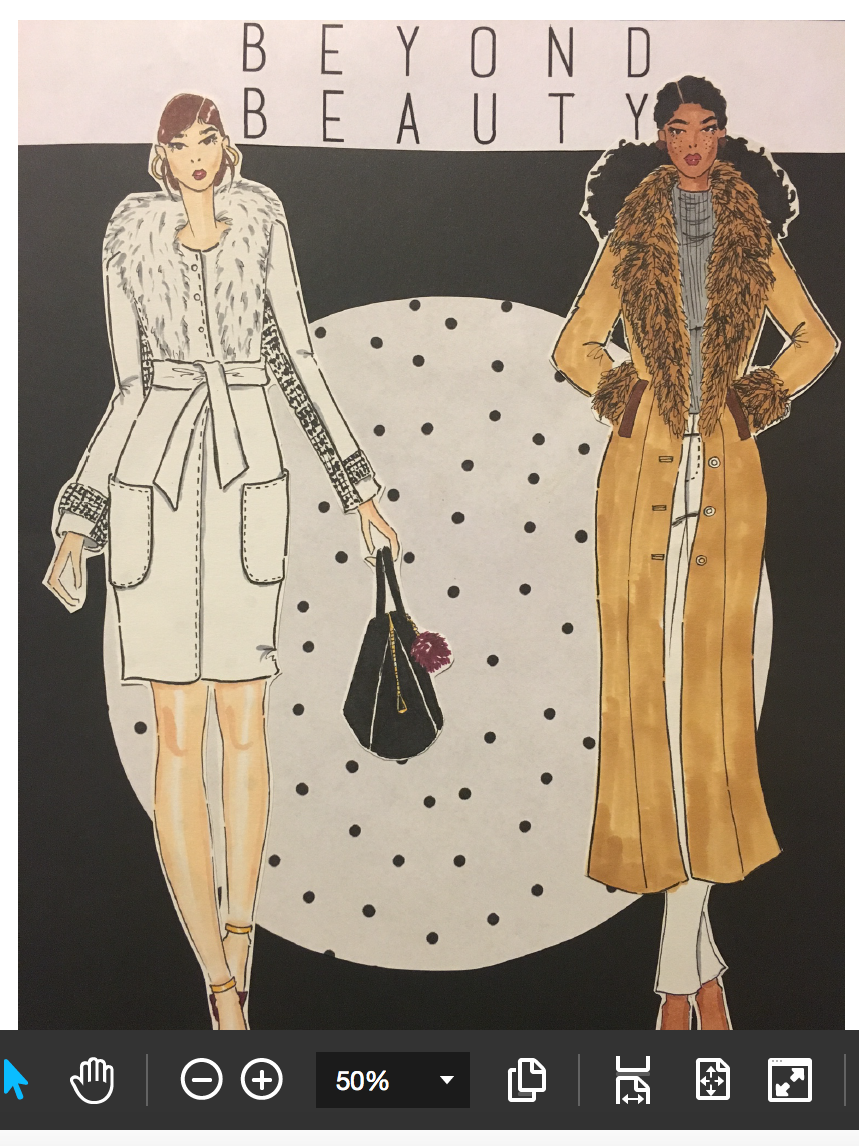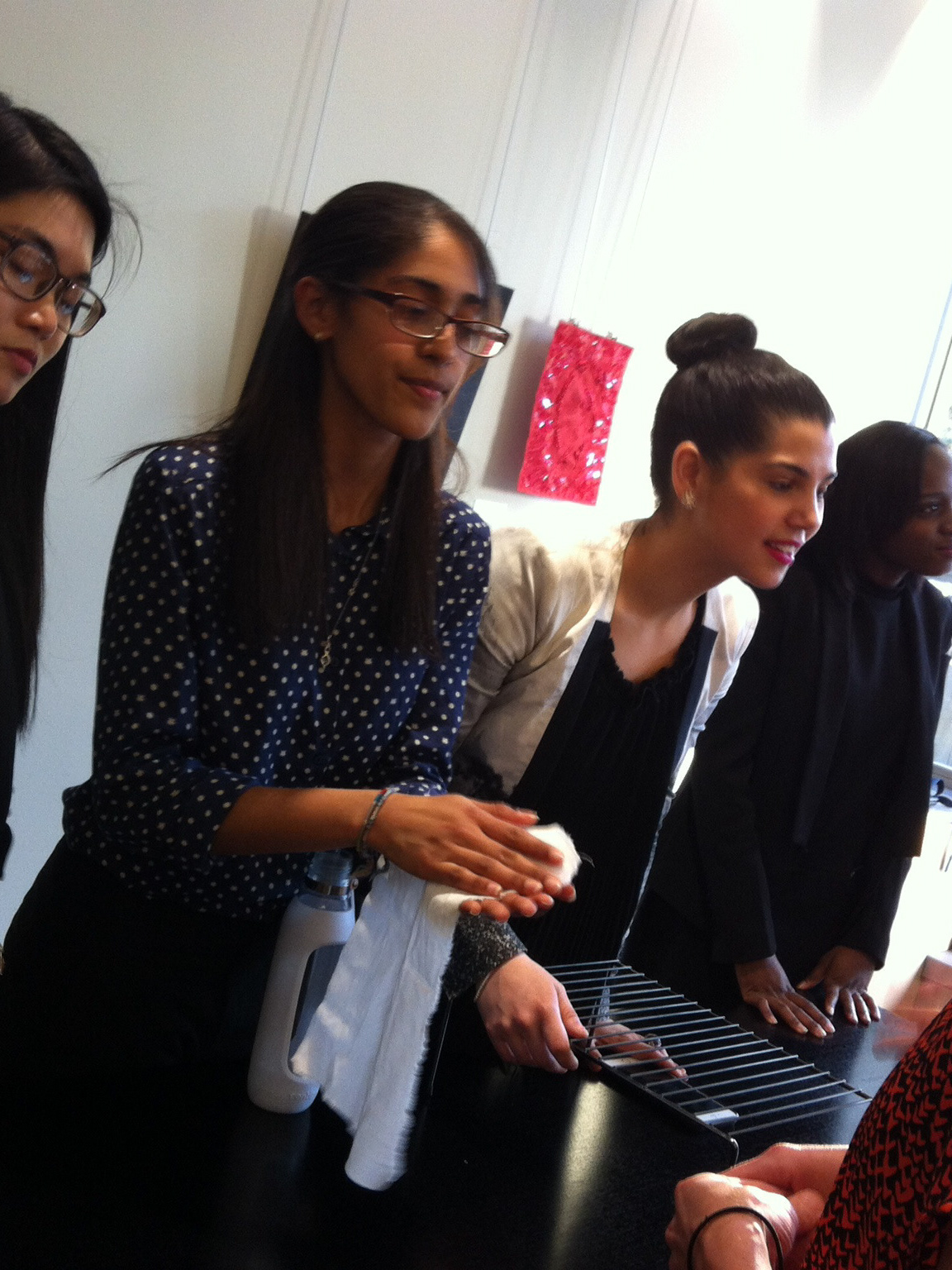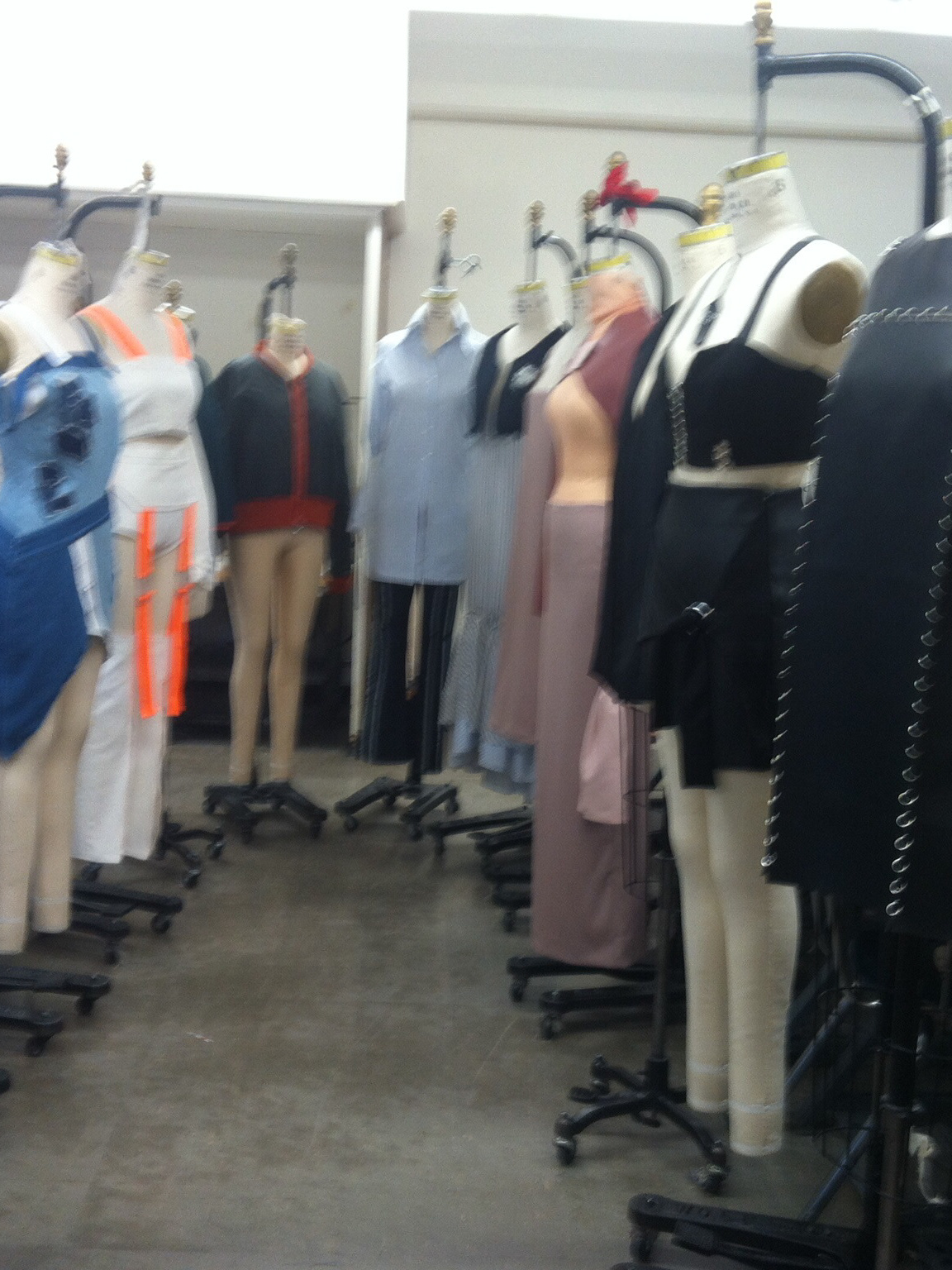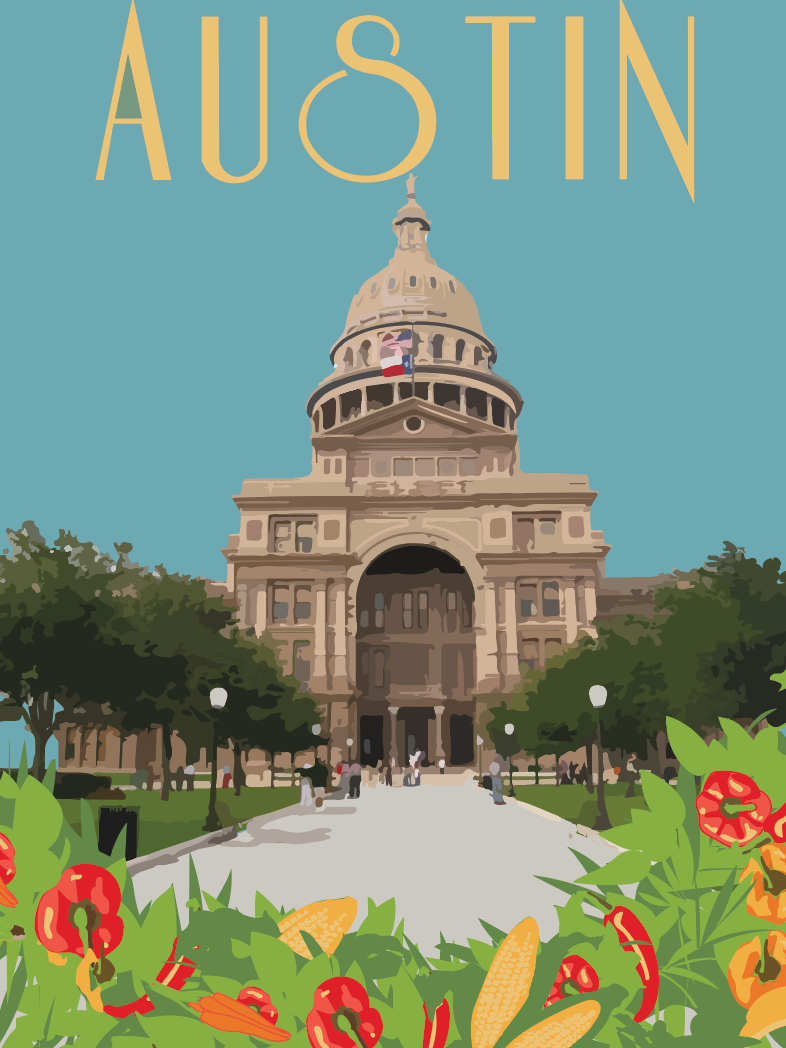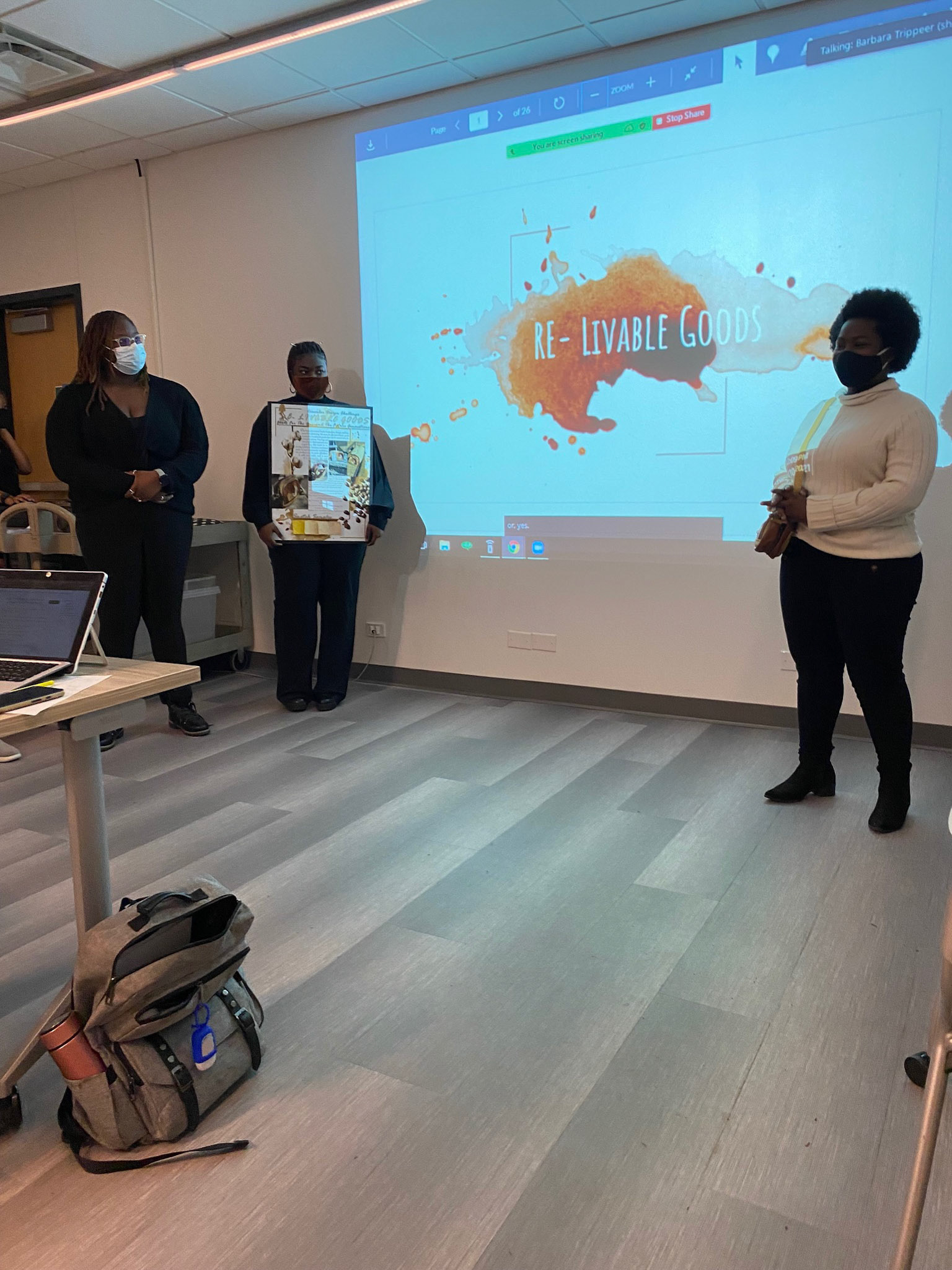

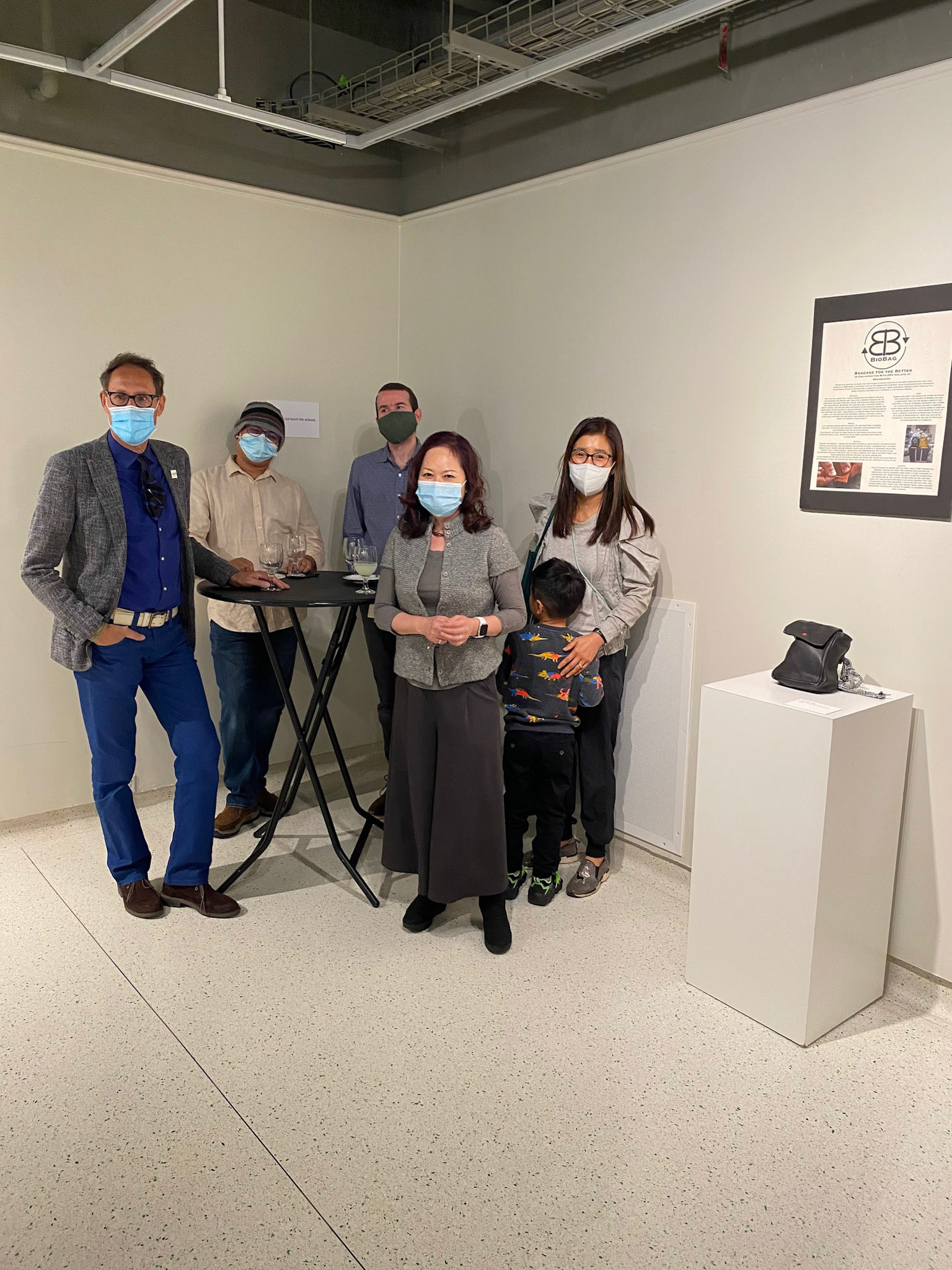
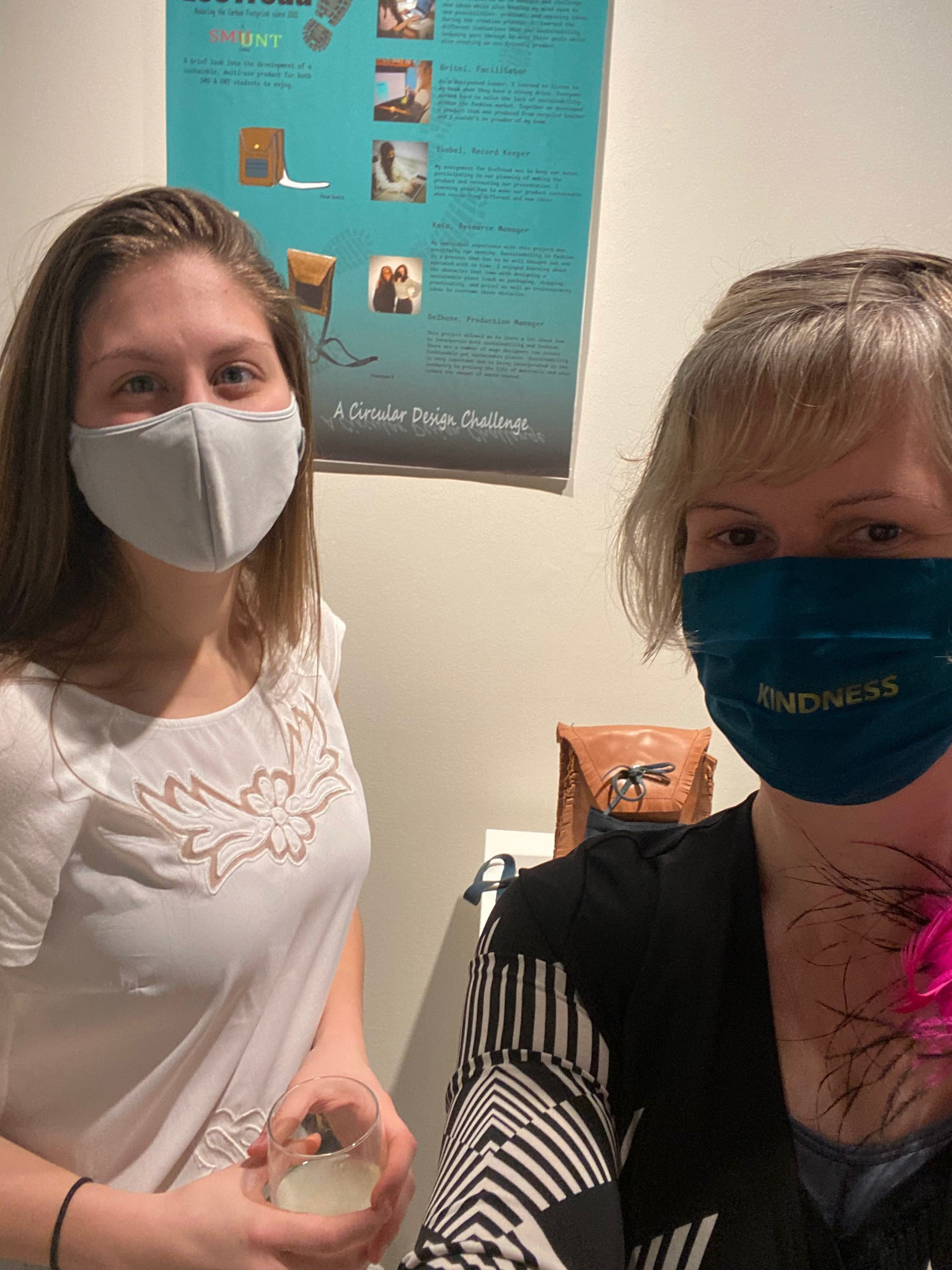
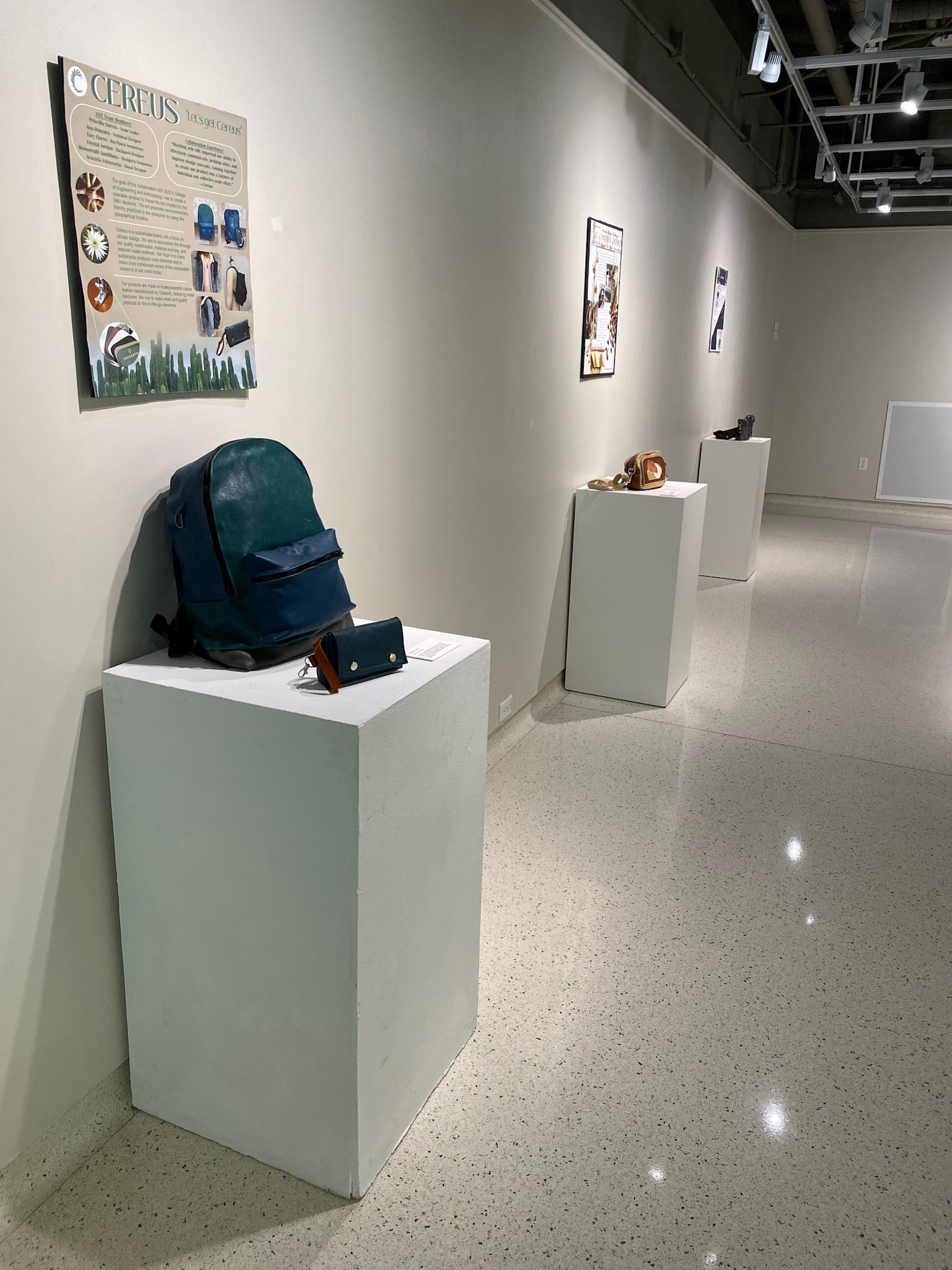
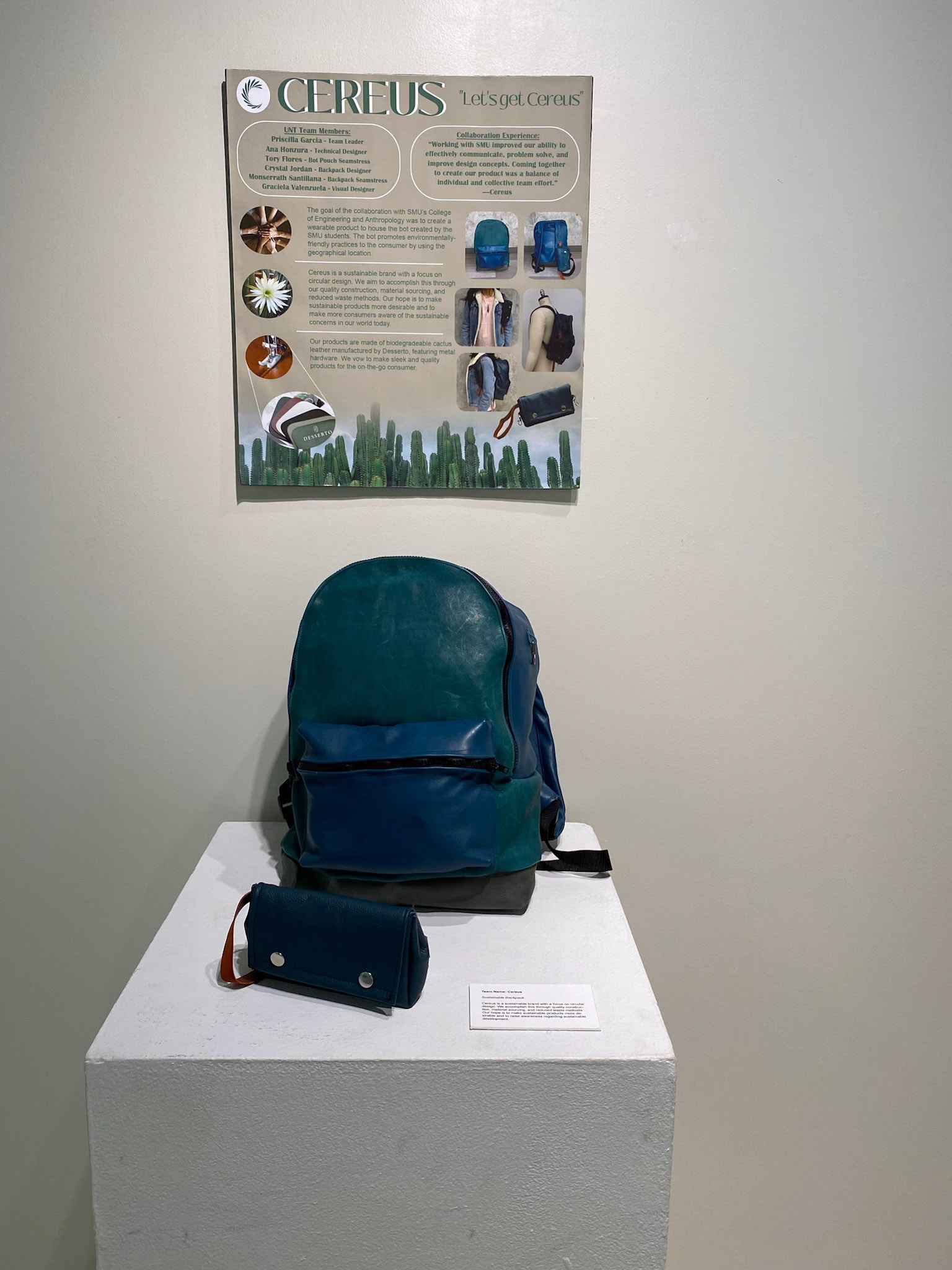
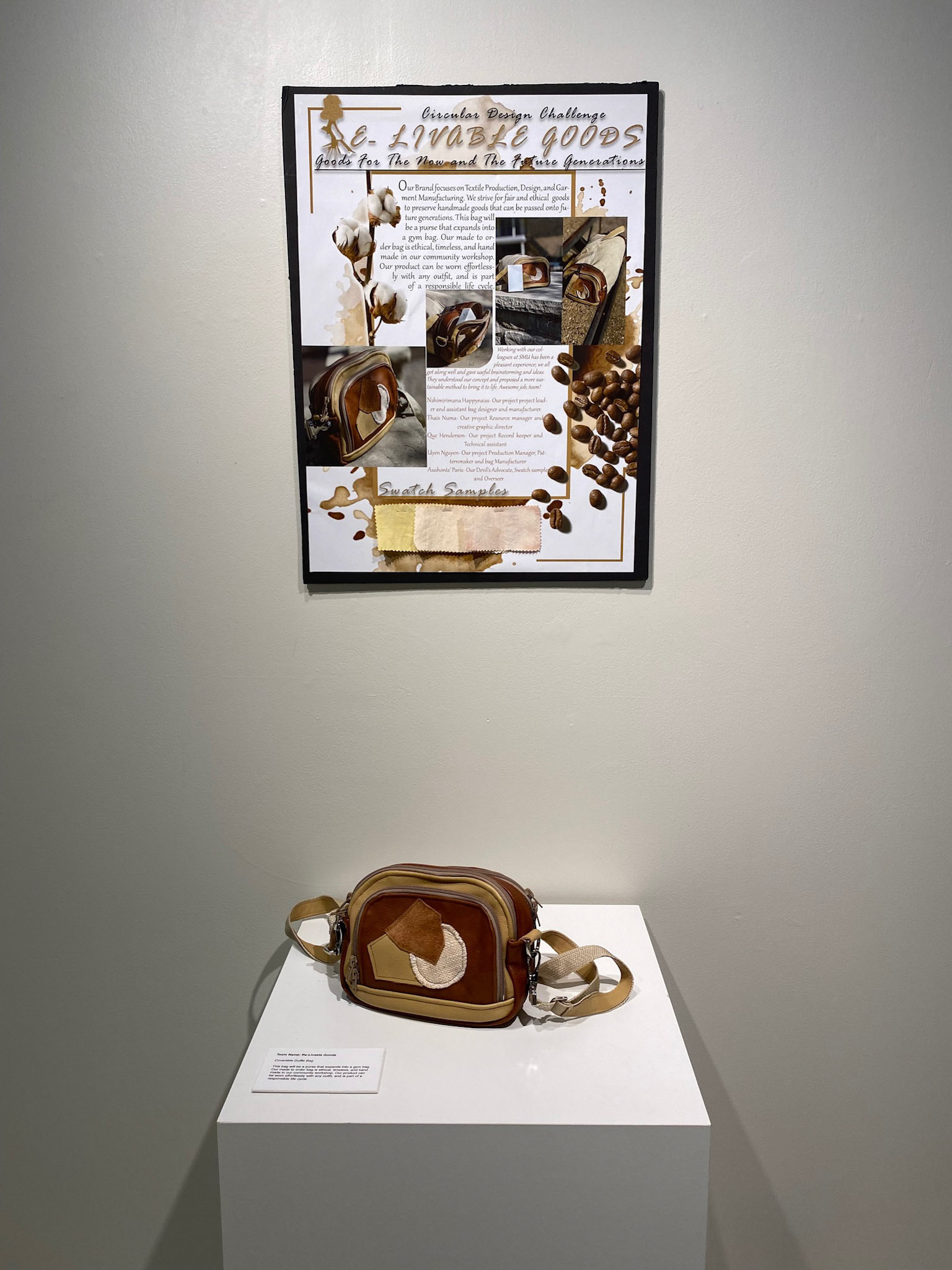
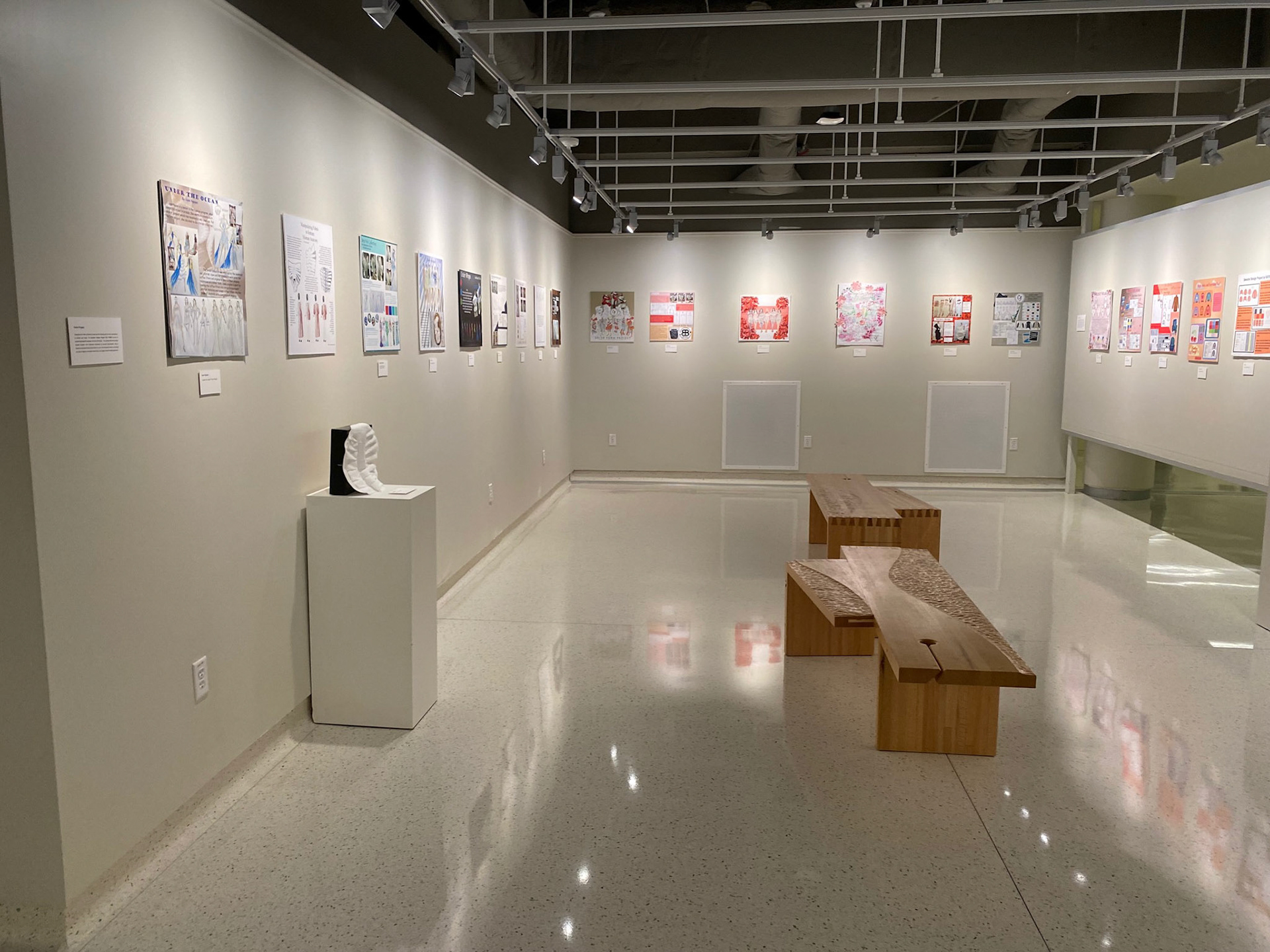
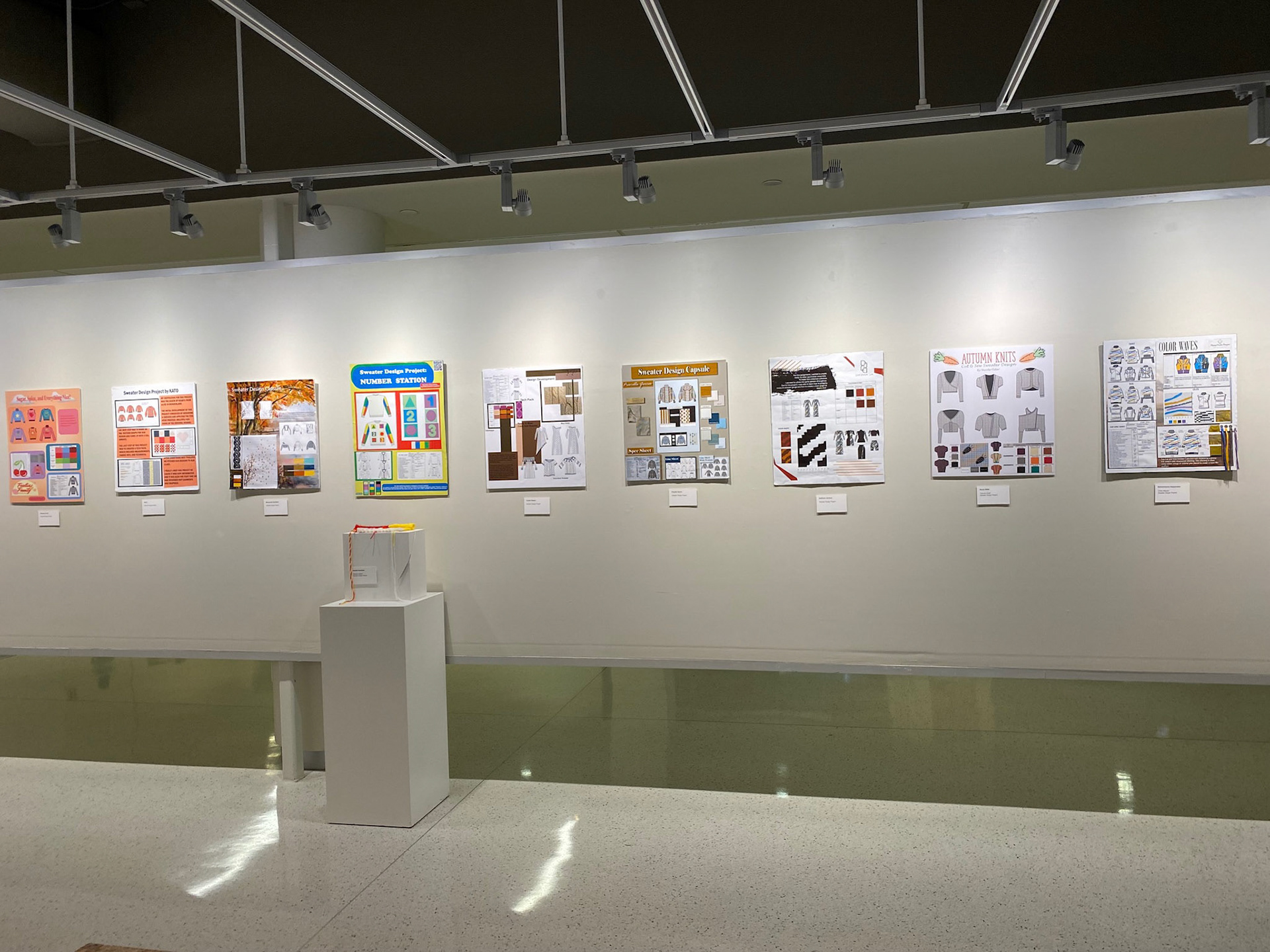
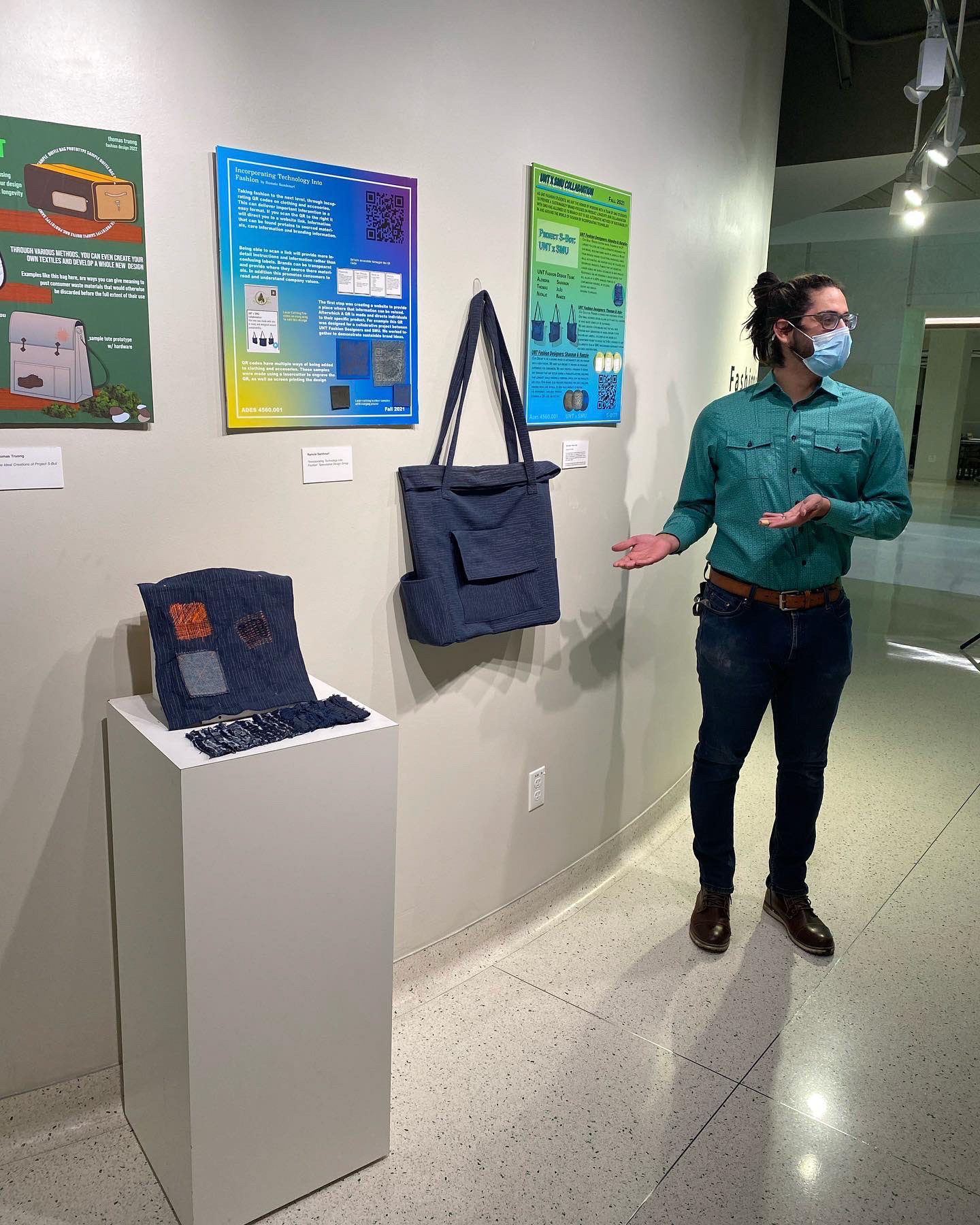
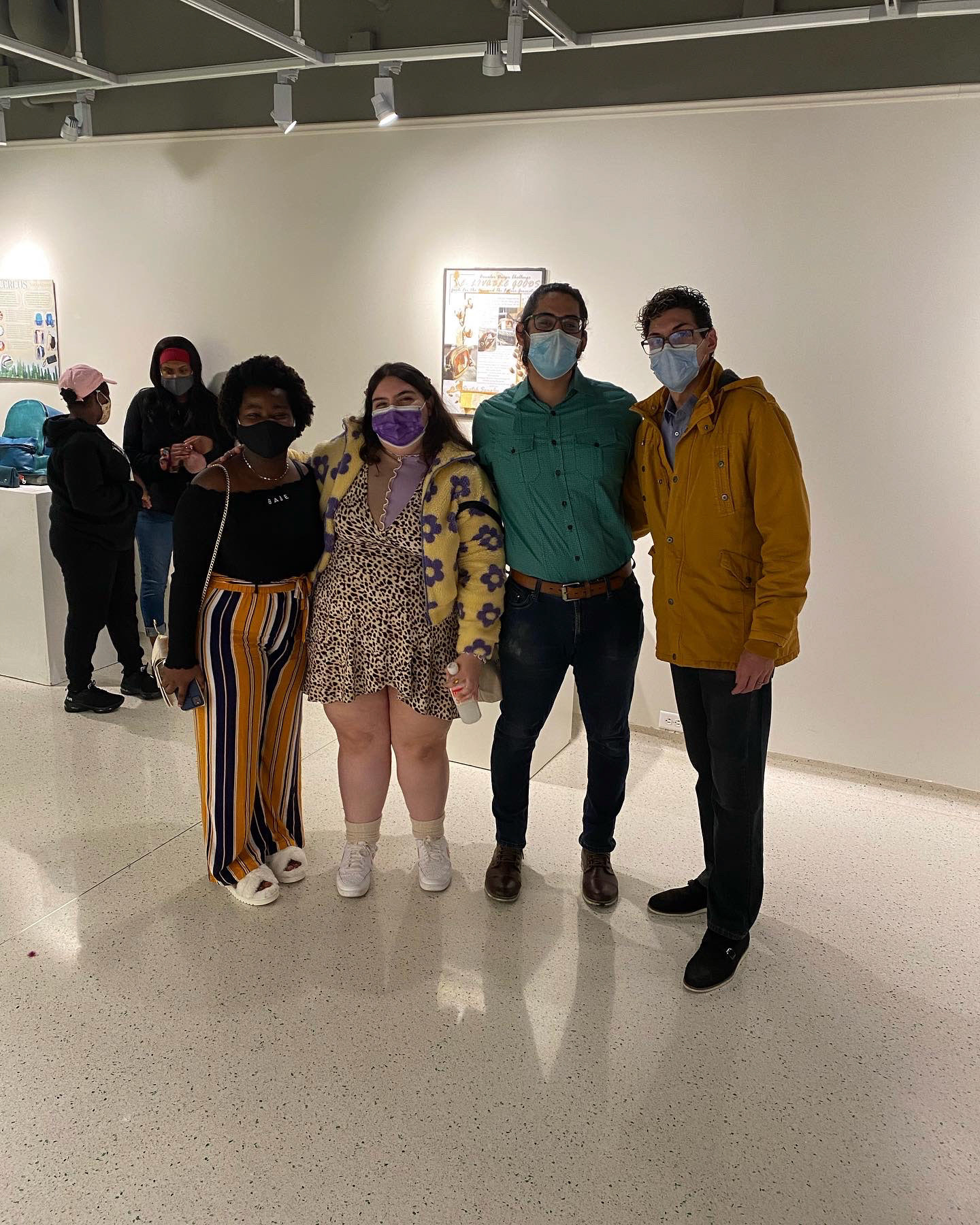
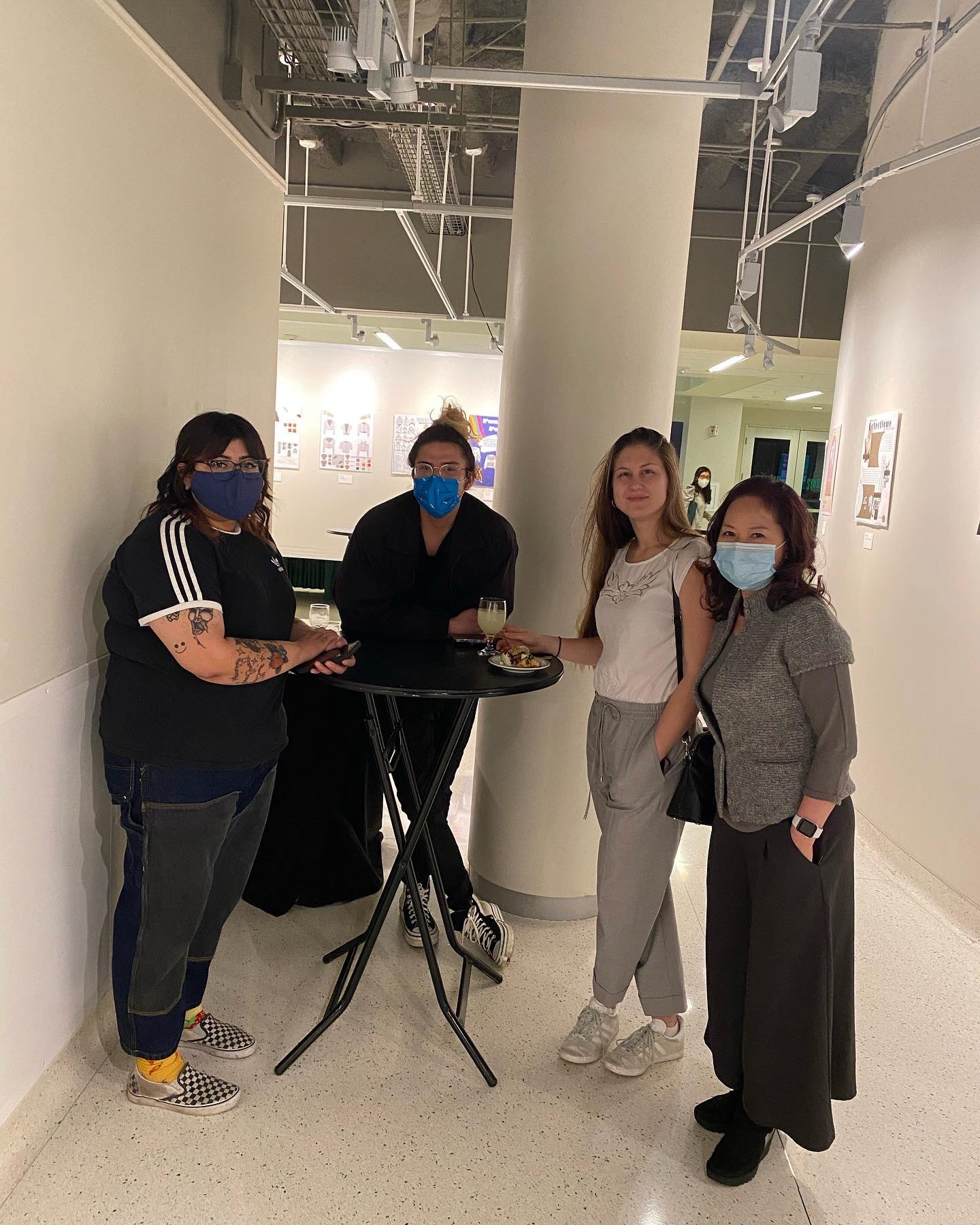
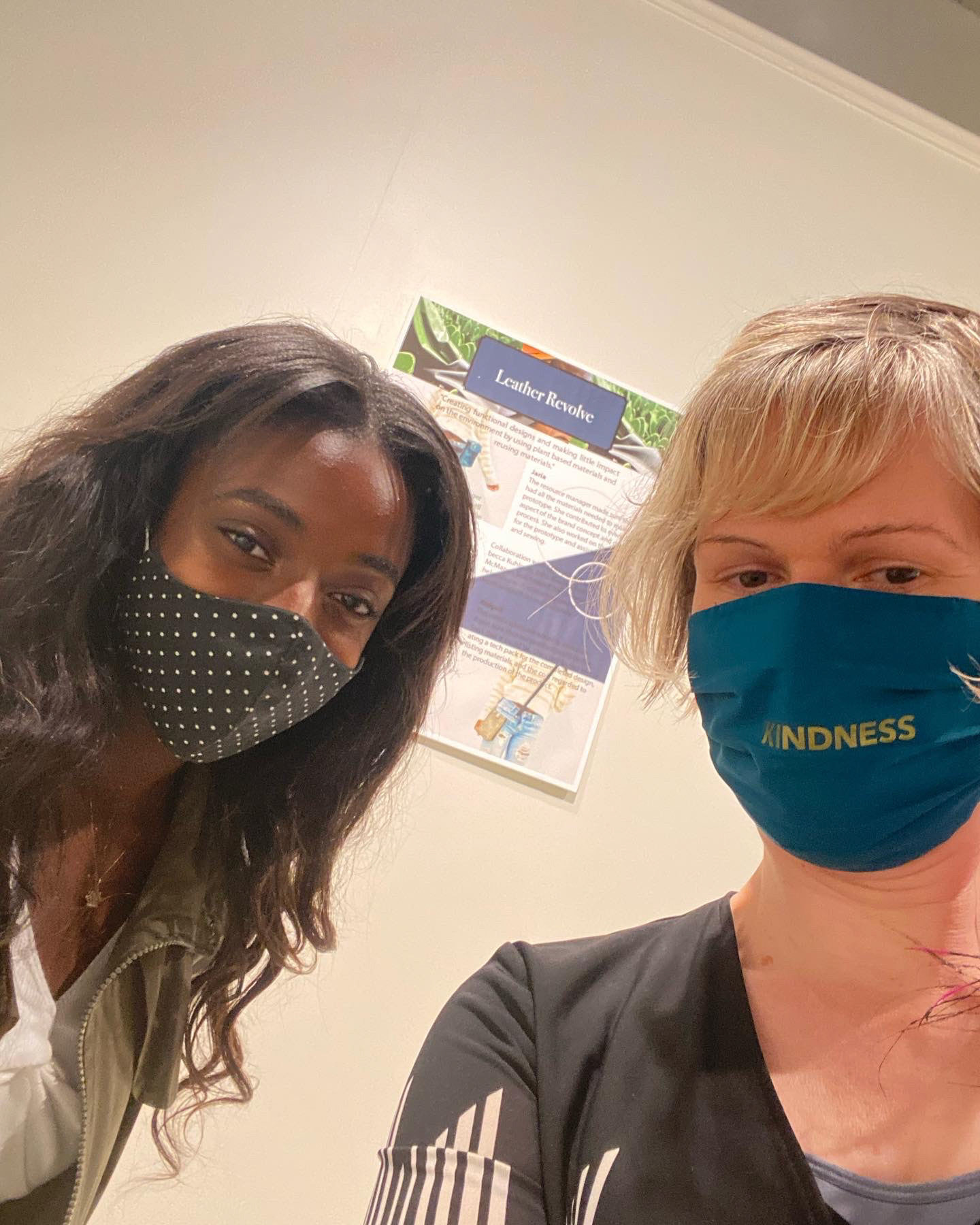

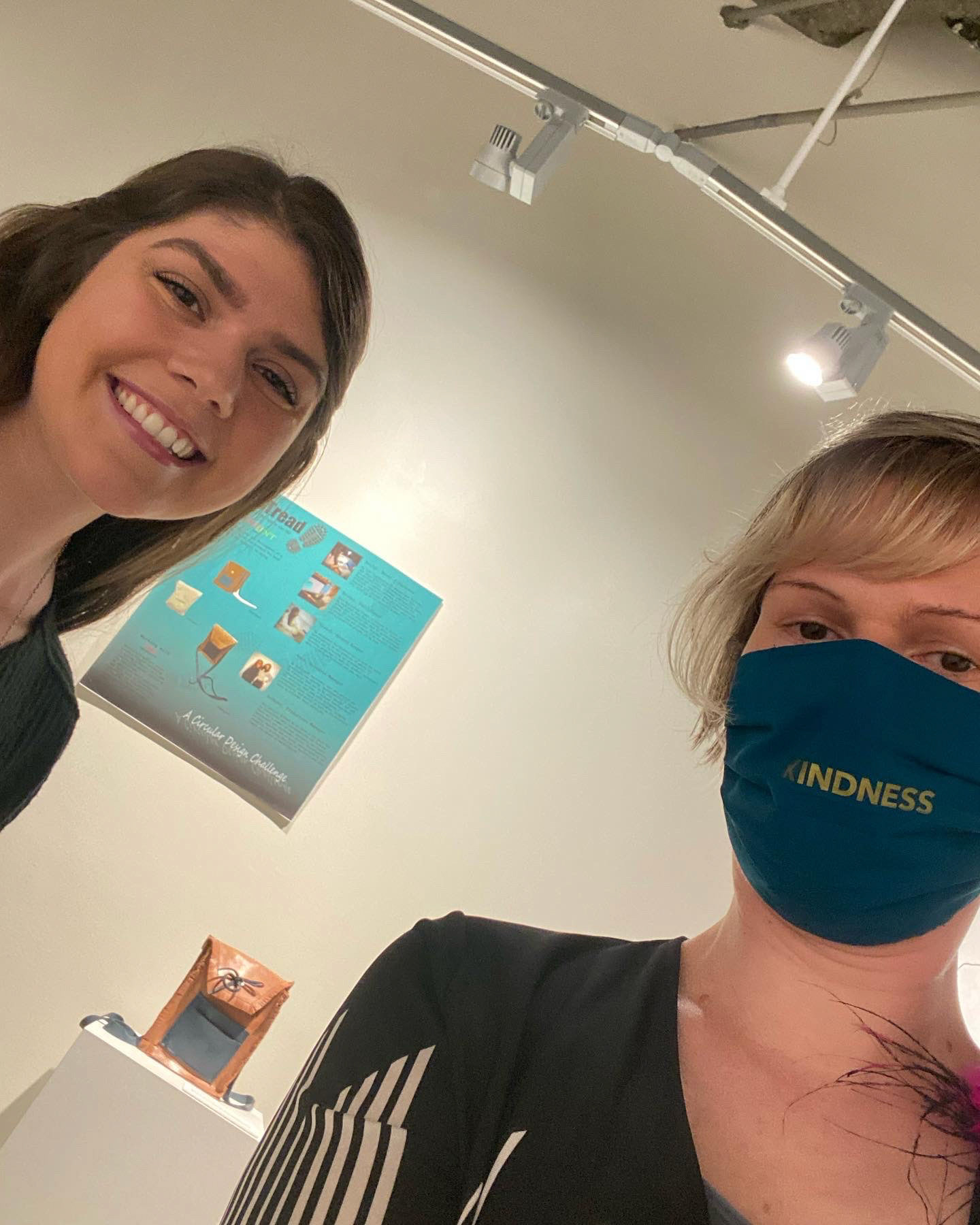
Fashioning Design Futures: ADES 4560 Fashion Design Concepts This exhibition showcases the work of seniors from UNT’s College of Visual Arts and Design Fashion Design Program, from their Fashion Design Concepts class. Over the course of the Fall semester, the students engaged in a series of projects designed to challenge them with new ways of working, thinking, developing, and existing in the current and future world. The below listing describes the projects included in this exhibition: Form Project Designers are often inspired by shape as the starting point for their explorations, to enable new ideas. The Iterative Design Project titled FORM focuses on student explorations between 3D and 2D formats. This project allows the design student freedom from traditional restrictions of concept development, using a hands-on approach which allows them to work more abstractly before converging on a set of ideas or principles which they could apply toward finished garments. Sweater Design Project In this project, students explore a range of Sweater Design Project methods and stitch techniques to produce a capsule collection of sweater design concept ideas. There are two main kinds of sweaters which differ based on their method of construction: Full fashioning and cut and sew. Full-fashioning is the process of making a sweater that is created in the pieces that it will be assembled in. It takes less yarn, but is considered a sweater type with a higher skill level, as the sweater will need to be assembled on a linking machine. Cut-and-sew sweaters are knit in large panels and cut out like with a woven garment and sewn on a machine; this is what has most been used in the U.S. Speculative Design Project Speculative Design is not just a prediction of the future- it allows design students to generate a narrative that challenges the viewer to questions how possible future development may impact all aspects of society. For example, how far will we go to alter our bodies, nature, or the universe? Using a Speculative Design perspective, designers have complete freedom of action from which to use their imagination as a springboard. The aim of speculative design is to not only create products or services, but to seek new solutions by asking different “What if?” scenarios. Adaptive Design Project In this project, students explore a range of Inclusive Design approaches which seek to ensure people of all abilities have access to apparel that fits their needs and wants aesthetically. Fashion and style are not concepts which are exclusive to neurotypical communities. Adaptive Design offers alternatives, because it is clothing designed specifically for people living with disabilities who find it difficult to dress independently, or for those with sensory issues who are sensitive to certain textures and materials. Circular Design Challenge The Circular Design Challenge Project details a collaboration between CVAD’s Fashion Design Program and SMU’s Dedman College of Science. This project which focuses on exploring sustainable design applications while working within a broader system of design development. In the Apparel Industry, Fashion Designers are often required to partner with a range of both internal and external stakeholders, to enable the development of not only new design ideas but also new design processes. This inter-institutional study interrogates some of the misconceptions often applied to sustainable development through the lens of an interdisciplinary STEAD-based (Science, Technology, Engineering, Arts, and Design) Circular Design Challenge. Students were tasked with participating in a collaborative learning project which explores various modes of critical making, sustainable development, and circular design processes. This project aims to encourage the adoption of personal habits geared toward sustainable living and proliferate education regarding the potential negative implications of apparel development and consumption. In order to achieve these goals, students worked in cross- institutional teams to develop sustainable products and accessories through research and prototyping. The artifacts here on display are the finished prototypes, while the video monitor shares their research process and development strategies.















